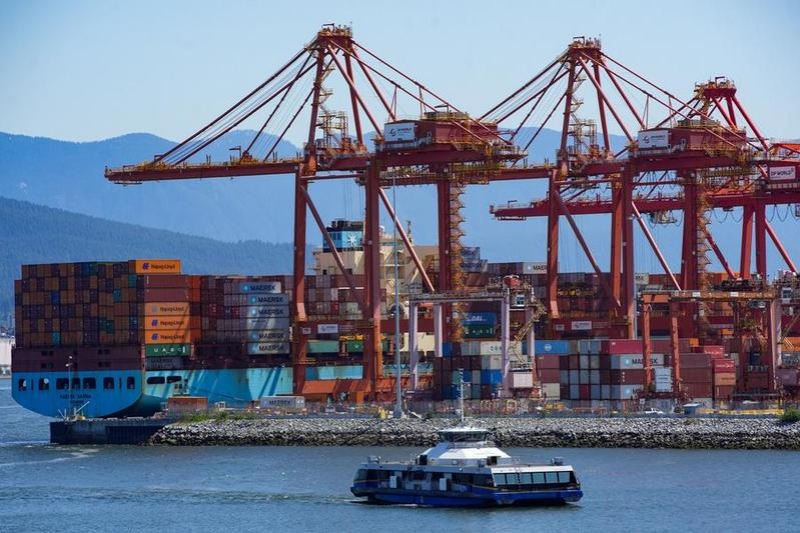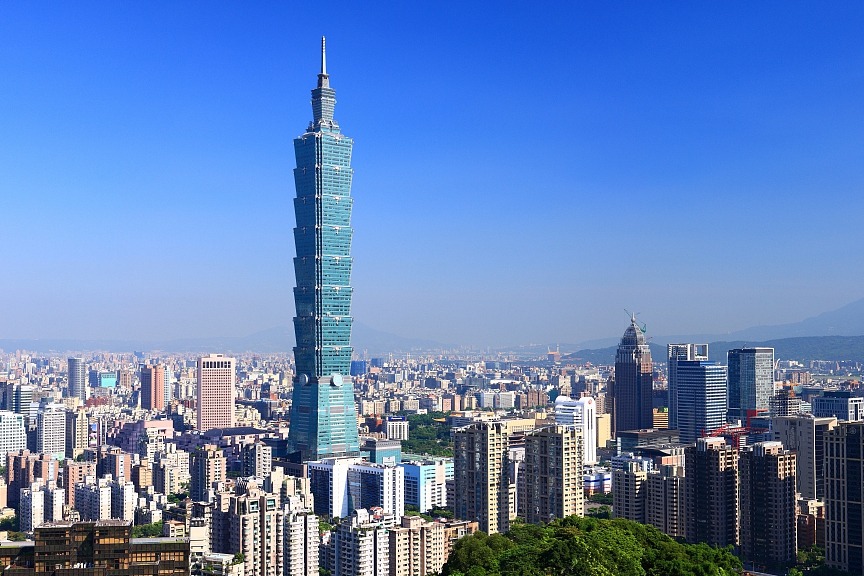After the flood
Frequent extreme weather events have shown the urgency of accelerating climate change adaptation actions


Many parts of the world have suffered severe rainstorms and flooding since July. For instance, two consecutive days of heavy rain in Western Europe since July 13 have claimed more than 200 lives in several countries, including Germany, Belgium, and the Netherlands. Hundreds of people are still missing, and many areas are devastated. Although the occurrence of these extreme weather events is a natural phenomenon, climate change has also greatly aggravated the frequency and intensity of these disasters.
Global Warming of 1.5 C, a special report by the Intergovernmental Panel on Climate Change, suggests that there is sufficient evidence to show that since 1951, climate change has contributed to the rise in average precipitation in the mid-latitude areas of the northern hemisphere, leading to more frequent and intensive flooding events.
According to the Blue Book of Climate Change in China 2021, the annual average precipitation and extremely heavy precipitation events in China were on the rise between 1961 and 2020, and the volume of average annual rainfall has increased by 5.1 mm every 10 years. These indisputable facts should make us realize that climate change can impact us all in our daily lives and we must increase our efforts to adapt to these impacts. Sponge cities represent such an opportunity.
The unprecedented rainstorm in Zhengzhou, capital city of Central China's Henan province, on July 20 has triggered extensive discussions on the construction of sponge cities. In fact, Zhengzhou itself was the pilot sponge city of Henan province in 2016. According to the Zhengzhou Sponge City Special Plan (2017-30), more than 50 billion yuan ($7.71 billion) should have been pumped into its urban improvement and upgrading. And yet, Zhengzhou was terribly hit by flooding.
Urban planning and water conservancy experts say that sponge cites are designed to alleviate disaster risks and reduce losses, but cannot completely eliminate the impacts of floods. In addition, the current design standards of flood control facilities in different cities cannot handle rainstorm events of the magnitude Zhengzhou faced, but the green features in the construction of sponge cities can complement the grey infrastructure and help strengthen urban resilience. Nevertheless, the demonstration area in most pilot sponge cities is still relatively small (less than 20 percent), so is its capacity to deal with stormwater during and after extreme weather events.
According to the Technical Guidelines for Sponge City Construction-Development of Low Impact Development Stormwater Systems (Trial) issued by the Ministry of Housing and Urban-Rural Development in 2014, sponge cities are defined as cities that function like a "sponge", with good flexibility in adapting to environmental changes and responding to natural disasters. They can absorb rainfall, store, seep and purify stormwater and release it for alternative uses when needed.
Different from the conventional gray infrastructure for flood control and drainage, sponge cities incorporate nature-based green infrastructure solutions and can enlarge the drainage capacity of pumping stations and pipeline networks, reducing the pressure on the system to discharge stormwater, and increase the climate resilience of existing flood control infrastructure by using ecosystems to absorb, store and infiltrate rainwater.
China's "sponge city" concept originated from the foreign concept of Low Impact Development in cities but pushes the urban system boundaries to integrate the protection of restoration of existing urban ecological systems as part of the urban planning and upgrading efforts. It represents a more advanced and holistic approach to transforming the existing urban systems, which aims to largely improve the urban experience, efficiency and resilience. Since the inception of sponge cites, many developed countries have shown strong interest in learning from China's experience and applying the design concepts of sponge cities to urban infrastructure in their own countries. In the United Kingdom, for example, the Manchester Green Infrastructure Strategy has successfully replicated some constructions from Wuhan sponge city, including protecting and utilizing the local rivers. The newly built Sponge Park has achieved remarkable results in flood prevention while generating important social and environmental benefits.
In China, 30 cities were selected in two batches to carry out sponge city pilots between 2015 and 2016.More recently, since the release of the Notice on Carrying out Systematic and Citywide Promotion of Sponge City Construction Demonstration Work in April, another 20 potential demonstration cities have been selected to scale up the construction of sponge cities more broadly in China. The notice indicated that the concept of sponge cities is gaining traction with national decision-makers. But this work needs to be continuously and effectively promoted and implemented in the future.
On the one hand, the construction of sponge cities is a systematic project. This will take multiple steps over many years and involve multi-sectoral collaboration at different administrative levels. Therefore, cities must incorporate sponge city construction into their individual urban planning, coordinate among different departments to implement the construction work, and set milestones at different time frames to ensure the steady progress of the project.
On the other hand, due to climate change, regional heavy rainfall and flood events will become more frequent and intensive in the future. According to a 2018 study by the China Meteorological Administration, under the current pathway of global climate actions and targets, the central and eastern regions and coastal areas in China are expected to experience medium-to-high risk and high risk of flooding until the middle of this century; especially, the middle and lower reaches of the Yangtze River and Yellow River basins.
These regions should pay greater attention to the opportunity and potential that sponge cities hold. Moreover, they need to adjust the design standards in light of future climate risks, and assess the construction effectiveness regularly and timely adjust their urban design plans, in order to ensure the construction can be effectively implemented and help cities better respond to future climate risks.
Finally, hard infrastructure alone is not enough for climate adaptation. Developing soft infrastructure is equally important. We need to strengthen our capacity building by accumulating more knowledge about climate adaptation and improving management systems, and improve both soft and hard infrastructure at the same time, in order to systematically enhance our capability to quickly respond to and recover from climate disasters.
Xi Wenyi is a research analyst of Climate and Energy Program at the World Resources Institute China. Helen Ding is a senior environmental economist at the Economics Center at the World Resources Institute. The views do not necessarily reflect those of China Daily.


































